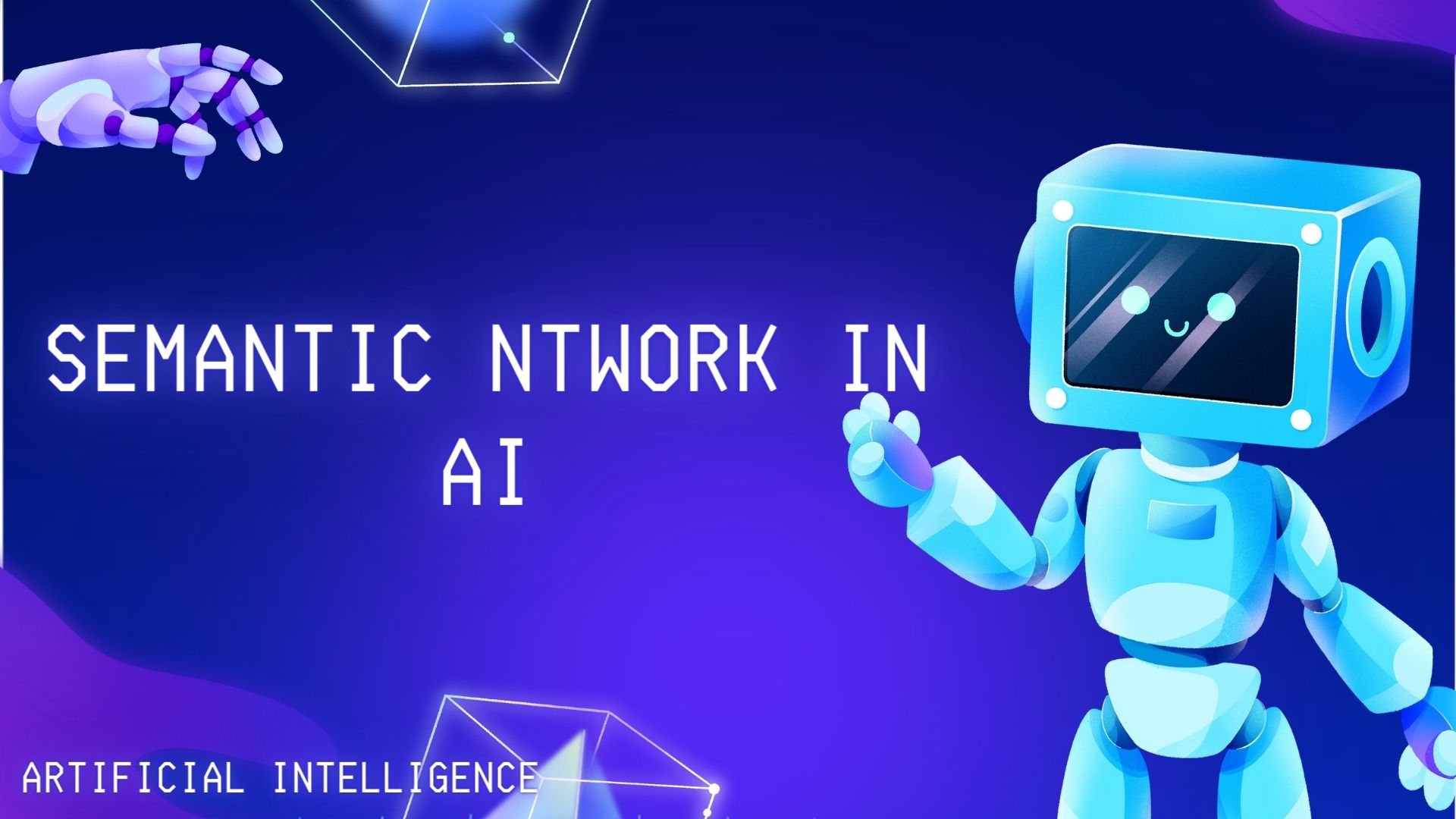Physical Address
304 North Cardinal St.
Dorchester Center, MA 02124

Semantic networks in artificial intelligence, which are graphical representations of knowledge, enable computers to understand the relationships between concepts. Semantic network representations of concepts show them as nodes and the relationships between them as edges. Thanks to this organized framework, computers can traverse the network and retrieve data by using the connections between concepts. Semantic networks give AI systems a basis for representing and reasoning about complex information by arranging knowledge in this way.

Semantic networks represent an important concept in the field of artificial intelligence (AI) that is essential to understanding conceptual relationships and representing knowledge. These complex networks function as graphical depictions of knowledge, with connected nodes and links. We can learn more about semantic networks’ importance, background, practical uses, advantages, and related terms in the context of artificial intelligence by delving deeper into their complexities.
Semantic networks are primarily composed of nodes and edges. Nodes in a network denote individual concepts or entities, and edges indicate the connections between these concepts. These relationships can be hierarchical, such as those between parents and children, or associative, illustrating connections between related concepts. By structuring knowledge this way, semantic networks offer a framework for effectively representing and reasoning about complex information.
Semantic networks are widely used in a wide range of fields and AI-enabled products. They play a key role in automated question-answering systems, knowledge representation and reasoning, and natural language processing. AI systems need semantic networks to comprehend, process, and decide on the large amount of interconnected knowledge they hold. Semantic networks also aided in the creation of the Semantic Web, an expansion of the World Wide Web to offer data in an organized manner that is machine- and human-readable.
Semantic networks are advantageous in the field of artificial intelligence (AI) due to their simplicity, space efficiency, and capacity to optimize storage requirements. Semantic networks enable AI systems to effectively navigate complex datasets, extract meaningful insights, and support well-informed decision-making processes by offering an organized and user-friendly method of representing and reasoning about knowledge.
Finally, by allowing machines to understand and process information similarly to human cognition, semantic networks play a critical role in artificial intelligence. Their organized knowledge representation enables AI systems to traverse intricate datasets, derive significant insights, and facilitate well-informed decision-making processes—all of which contribute to the advancement of AI technologies.
A semantic network’s main advantages in artificial intelligence are:
1. Improved data quality: Semantic AI offers a method to enrich, link, and catalog data to produce more comprehensible and significant information, which helps address the problems associated with low-quality data.
2. Competitive advantage: Semantic AI supports the consolidation of an organization’s information sources into a single logical entity, allowing for deeper data insights. This can provide vital customer feedback and market intelligence, allowing you to outperform the competition.
3. Improved decision-making: Semantic AI’s capacity to quickly evaluate vast amounts of data can provide new insights that assist in streamlining processes and spotting market trends, resulting in smarter business decisions.
4. Increased productivity: Semantic AI can increase productivity by automating repetitive processes with low-code/no-code platforms that use natural language processing to convert instructions into software.
5. Enhanced searchability: Semantic AI uses knowledge networks to link all data sources, allowing information to be searched regardless of its original format.
In summary, the major benefits of semantic networks in AI include higher data quality, competitive advantage, better decision-making, increased productivity, and expanded searchability of information.
To create a semantic network, follow these steps:
Following these techniques, you can efficiently design a semantic network that visually shows the relationships between concepts, assisting in knowledge organization and retrieval within AI systems.
Based on the search results, the key components of a semantic network are:

The chatbot ChatGPT is an excellent illustration of AI semantics, according to the search results.
According to the search results, ChatGPT is “possibly the most well-known semantic AI implementation available today.” Through the use of a knowledge graph, ChatGPT shows how semantic AI can go beyond the constraints of conventional natural language processing (NLP) by understanding not just the literal words but also the context and meaning behind user queries.
The search results specifically indicate that “Semantic AI overcomes these limitations by incorporating the knowledge graph—a critical third component—into the foundation laid by ML and NLP. This enables ChatGPT to comprehend the context and intent of the questions and “answer a wide range of questions by drawing on a vast knowledge base.”
Unlike typical NLP chatbots, which struggle with long chats and understanding user purpose, the search results illustrate how “Semantic AI’s awareness of context enables it to comprehend the meaning of its data and the intent of users.” This is an important example of how semantics is used in AI systems to facilitate more natural and meaningful interactions.

Semantic data model
A high-level semantics-based database description and structuring formalism
More
Years of Invention
Mid-1970s
Process type
Semantics-based database description
Product(s)
Gellish (2005), ISO 15926-2 (2002)
A semantic model in artificial intelligence is a representation of knowledge and reasoning behavior using symbolic representations, contrasting with machine learning models that operate at a subsymbolic level. Semantic models focus on capturing discrete facts and precise identities, while machine learning excels at capturing knowledge that is not crisp, such as statistical regularities and similarities. These two approaches are seen as complementary in AI and data science, with semantic modeling enhancing the development of machine learning models and vice versa
The key distinctions between frames and semantic networks are as follows:
Pros:
Cons:
[…] to Become an AI Ethicist: In the rapidly evolving world of artificial intelligence (AI), the role of the AI ethicist has become increasingly crucial. As AI systems become more advanced […]